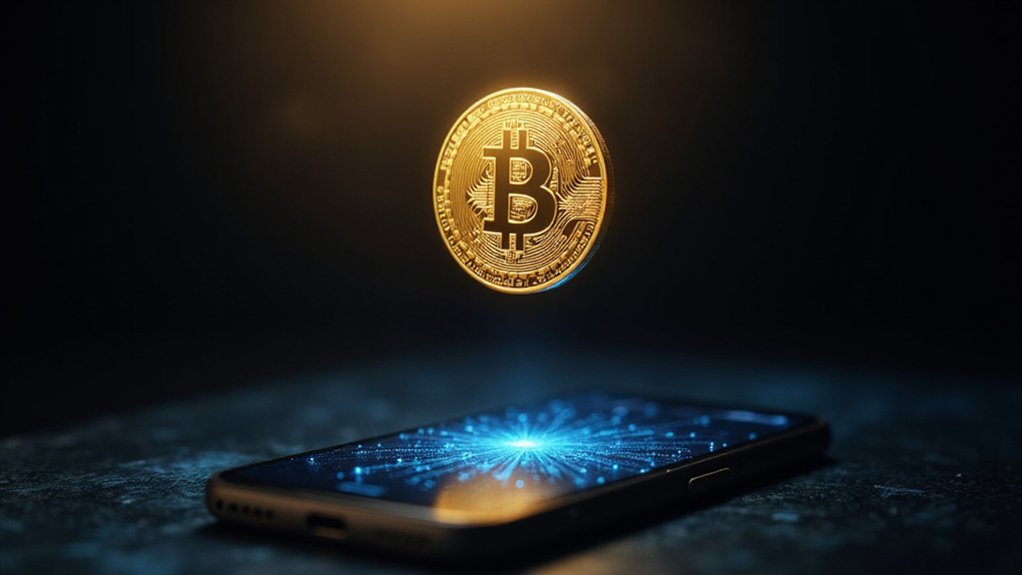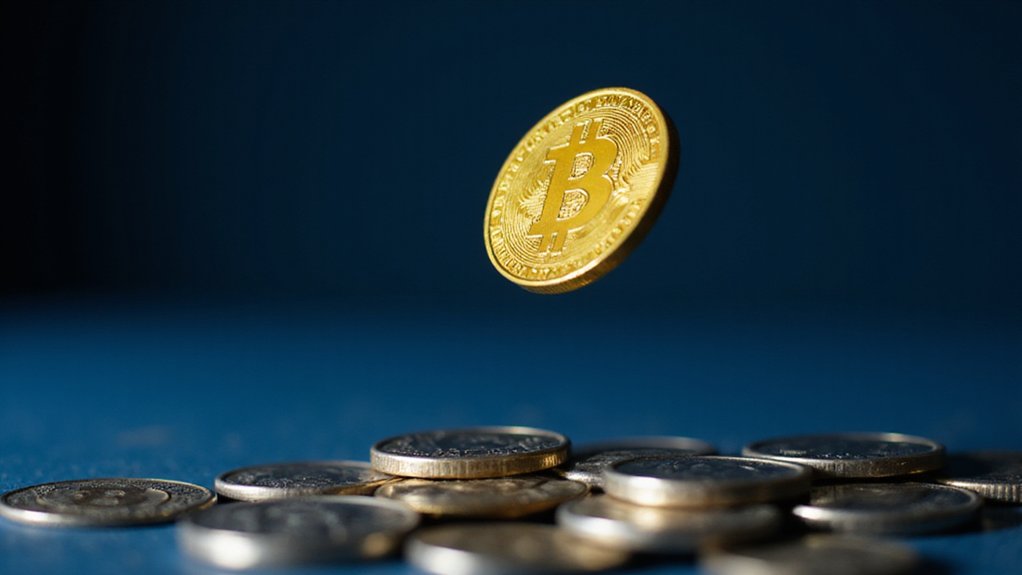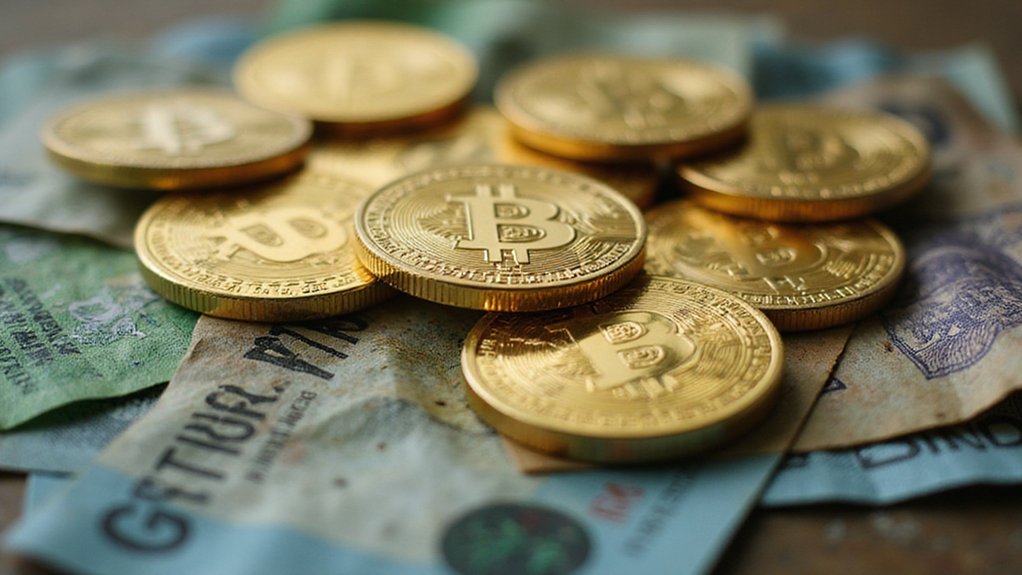While the artificial intelligence arms race has produced its share of incremental updates masquerading as revolutionary breakthroughs, OpenAI’s August 7, 2025 launch of GPT-5 represents a genuinely substantive leap forward—one that arrives at a peculiar moment when over 700 million weekly users have already normalized conversing with machines.
CEO Sam Altman’s characterization of GPT-5 as the “smartest, fastest and most useful model yet” might sound like typical Silicon Valley hyperbole, yet early demonstrations suggest Ph.D.-level expertise across domains ranging from quantum mechanics to financial derivatives modeling.
While Altman’s claims echo familiar tech industry overstatement, GPT-5’s demonstrated Ph.D.-level competency across complex disciplines suggests substance behind the marketing speak.
The system’s dual-mode architecture—automatically switching between conversational “Chat” mode and analytical “Thinking” mode—represents a notable departure from the one-size-fits-all approach that has defined previous iterations.
More compelling than marketing proclamations, however, are the measurable improvements in accuracy and the dramatic reduction in hallucinations (a euphemism for AI confidently dispensing complete fabrications). The model demonstrates 45% fewer factual errors compared to its predecessor, marking a significant improvement in reliability for professional applications.
For financial professionals who’ve learned to fact-check every AI-generated analysis, this development carries particular significance. The enhanced coding capabilities and breakthrough reasoning for complex problem-solving in finance could fundamentally alter how quantitative research gets conducted. GPT-5 achieves tool execution precision improvements of 36% over GPT-4.1, demonstrating measurable advances in practical task completion.
The gradual rollout across ChatGPT Plus, Pro, and Team plans follows OpenAI’s established playbook of tiered access—though one wonders whether the company’s enterprise customers appreciate being relegated to “soon” status while consumer users receive immediate access.
The decision to maintain voice mode on the previous GPT-4o architecture suggests even OpenAI recognizes the risks of deploying untested capabilities across all functionalities simultaneously.
What makes GPT-5’s launch particularly intriguing from an investment perspective is its positioning amid intensifying competition from Google, Anthropic, and emerging players. As Layer 1 blockchain projects increasingly focus on AI integration, the convergence of artificial intelligence and decentralized infrastructure represents a significant technological trend.
OpenAI’s claim of achieving “worldwide accessibility” while maintaining cutting-edge performance presents a classic scale-versus-sophistication challenge that has historically determined market winners in technology sectors.
The broader question—whether GPT-5’s capabilities justify the inevitable premium pricing and whether early adoption translates into sustained competitive advantage—remains unanswered.
For investors evaluating AI-adjacent opportunities, however, GPT-5’s demonstrated reasoning improvements suggest the inflection point toward genuinely transformative artificial intelligence may finally be arriving, rather than perpetually approaching.






